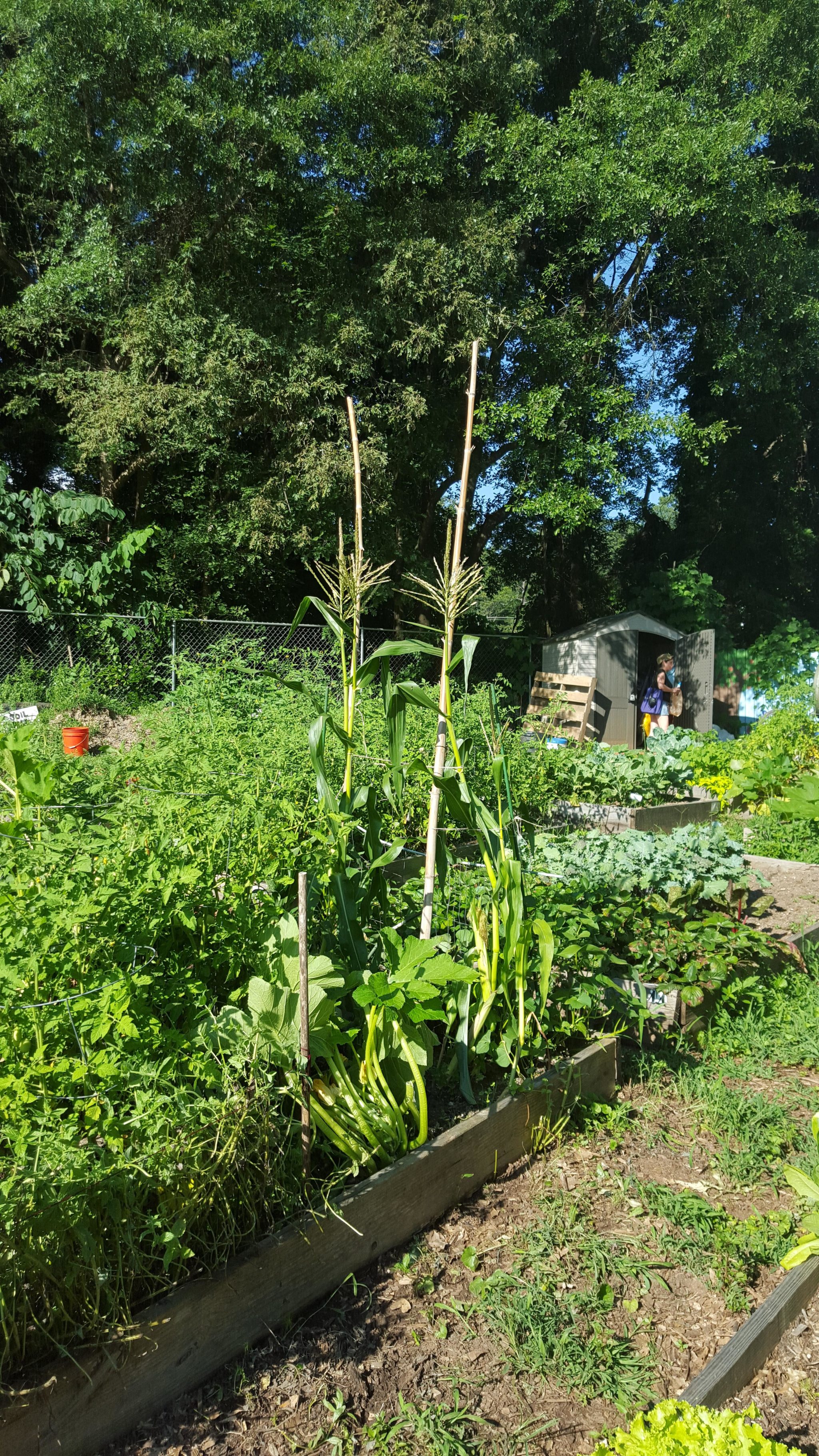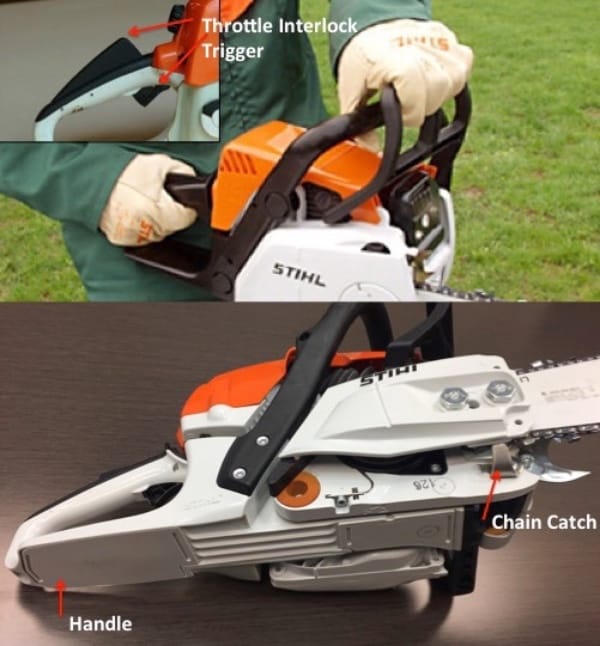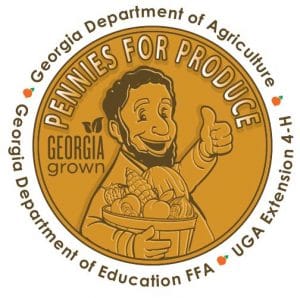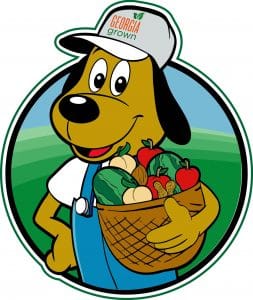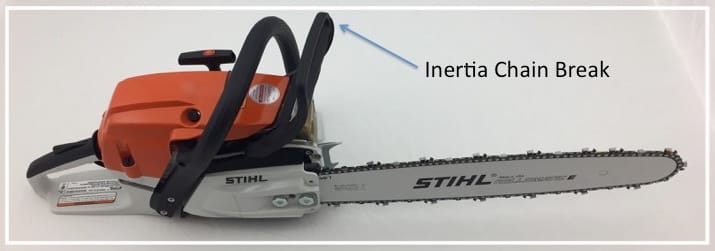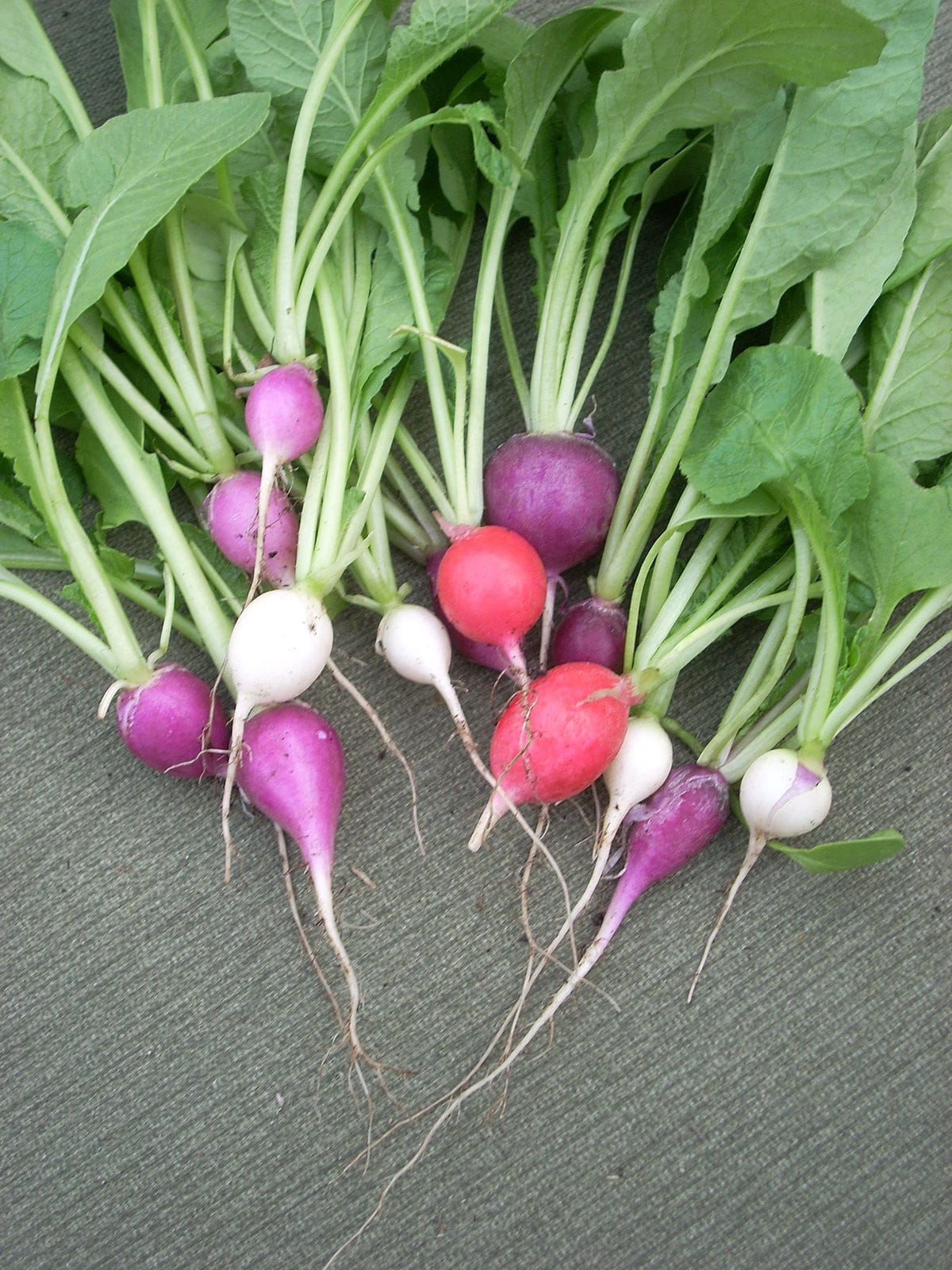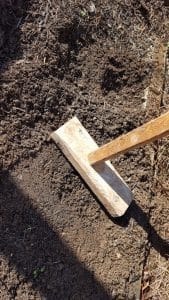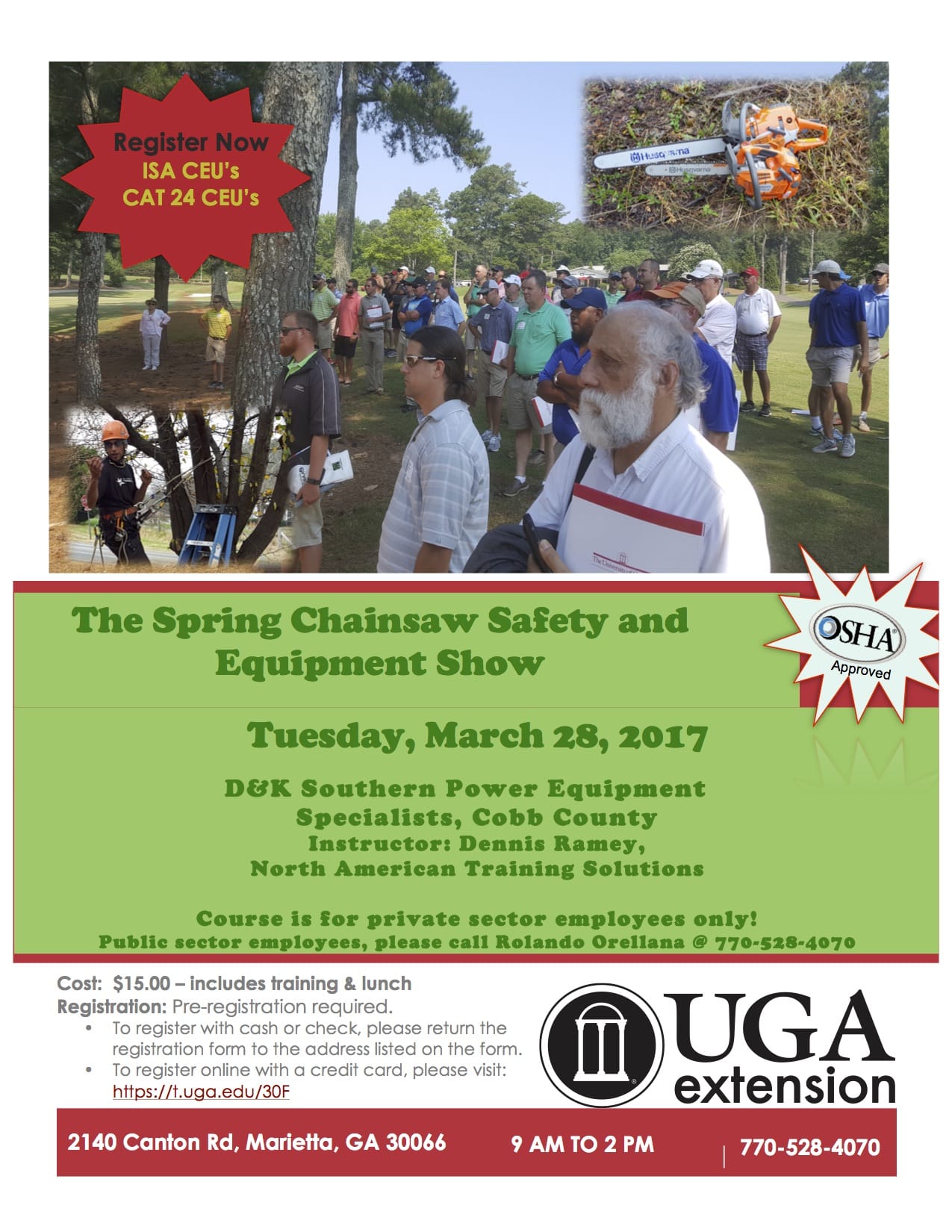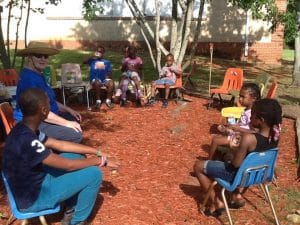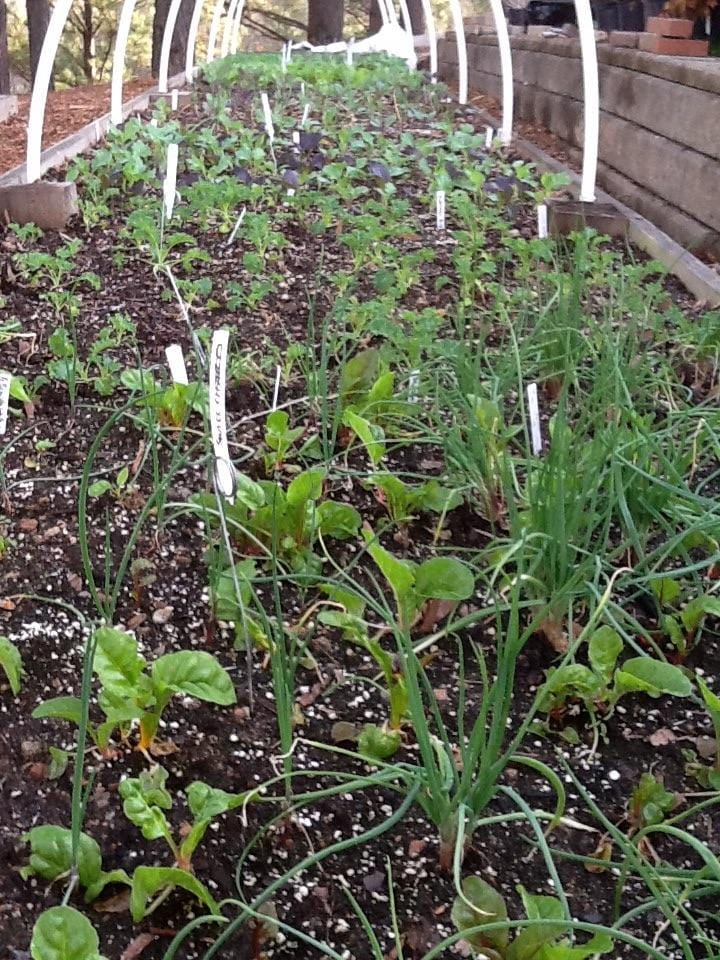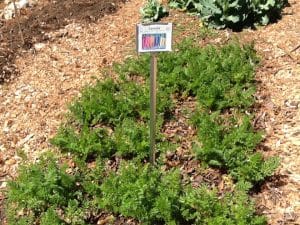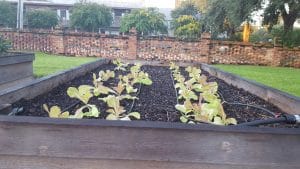Warm-season vegetable planting time is almost here for most of Georgia. Here is your “to-do” list from UGA’s Vegetable Garden Calendar for this time of year:
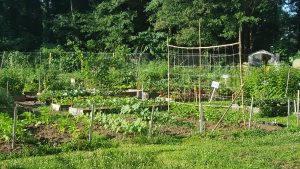
- Get rows ready for “warm-season” vegetables to be planted during the last week of March or first week or two of April as weather permits. Check your soil temperatures at georgiaweather.net.
- You might want to risk planting out a few of the more tender crops and keeping them covered during bad weather.
- Watch out for insects, especially cutworms, plant lice (aphids) and red spider mites.
- Put down mulch between rows to control weeds.
- Plant your choices of the following “warm-season” or “frost-tender” crops: beans (snap, pole and lima), cantaloupe, corn (sweet), cucumbers, eggplant, okra, field peas, peppers, squash, tomatoes and watermelon.
- Plant tall-growing crops such as okra, pole beans and corn on the north side of other vegetables to avoid shading. Plant two or more rows of corn for better pollination.
- Make a second planting within two to three weeks of the first planting of snap beans, corn and squash.
- Within three to four weeks of the first planting, plant more lima beans and corn. Remember: for better pollination, plant at least two or more rows.
- Be sure to plant enough vegetables for canning and freezing.
- Cultivate to control weeds and grass, to break crusty soil and to provide aeration.
- For the crops planted earlier, side-dress as described above.
- Plant tender herbs.
- Remember: Do not work in your garden when the foliage is wet to avoid spreading diseases from one plant to another.
Contact your local UGA Extension office if you need any help choosing varieties!
Happy Gardening!
